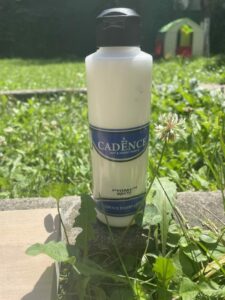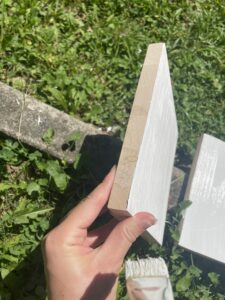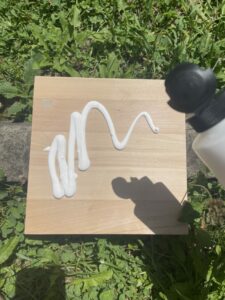What is oil paint?
Well, let’s start with the basics; oil paint is paint created with an oil base. It is a versatile and widely used medium in visual arts, known for its rich, vibrant colors, durability, and smooth texture.
It consists of pigments suspended in a binder, typically linseed oil, which gives the medium its distinctive characteristics.

Manufacturers of oil paint use pigments that are finely ground particles of various minerals, organic compounds, or synthetic substances. These pigments come in a wide range of colors, offering artists a vast palette to work with. Some pigments are natural, derived from minerals and plants, while others are synthetic, created through chemical processes.
The binder, usually linseed oil, acts as a vehicle for the pigments, allowing them to be spread evenly and smoothly onto a surface. Manufacturers make Linseed oil from the flax plant. Artists value it for its slow-drying properties, which give artists ample time to work with the paint. You can also use other types of oils as a binder, such as safflower, or poppy seed. Each oil imparts slightly different characteristics to the paint.
Drying times
One of the defining qualities of oil paint is its slow drying time. Unlike watercolors or acrylics, oil paint takes a considerably longer time to dry. This slow drying process allows artists to make changes and corrections to their work even days or weeks after initially applying the paint. It also enables the blending of colors on the canvas, creating smooth transitions and gradients.
Oil paint’s slow drying time is due to the oxidation process that occurs as the oil reacts with the oxygen in the air. This oxidation leads to the hardening and curing of the paint over time. Various factors influence the rate of drying, such as the thickness of the paint layers, the type of pigments used, and the environmental conditions, including temperature and humidity.
Texture
The texture of oil paint is another notable feature. It has a buttery consistency. This allows artists to build up layers of paint and create a sense of depth and dimension in their artwork.
Artists can apply oil paint using brushes, palette knives, or even their fingers (but wear medical gloves!), depending on their preferred technique and desired effect.
Glazing
Due to its slow-drying nature, oil paint lends itself well to various painting techniques. Artists can employ glazing, where transparent layers of paint are applied over previously dried layers, resulting in luminous and translucent effects. They can also use impasto, a technique that involves applying thick, heavily textured paint to create a three-dimensional effect on the canvas.
Long-lasting
Once dry, oil paint forms a durable and long-lasting film on the painting surface. This quality ensures the longevity of artworks created with oil paint, as they can withstand the test of time and retain their original colors and vibrancy for many years, provided they are properly cared for.
acrylic versus oil paint
Here’s a detailed comparison of acrylic paint versus oil paint in case you want to choose between them. In general, oil painting is better for artists who want the paint to take much longer to dry, don’t mind more set up and clean up, and like the specific look of oil paint.
Handling and Workability
Oil paint is thicker and has a buttery consistency, allowing for smoother blending and longer working time. Artists can easily manipulate the paint on the canvas due to its slow-drying nature. Oil paint can create rich, vibrant colors and subtle tonal transitions. It dries to a hard, durable finish but is not inherently water-resistant.
Color and Appearance
Oil Paint has a lustrous, glossy finish when dry, enhancing the richness and depth of colors. The colors tend to remain consistent from wet to dry. The translucent nature of oil paint allows for layering and glazing techniques, resulting in subtle and luminous effects.

You can even make your own oil paints.
Techniques and Applications:
Oil Paint is highly versatile and lends itself well to techniques like blending, glazing, scumbling, and palette knife work. Artists often apply it on canvas and wood panels. The slow drying time allows for more control and blending of colors, making it a preferred choice for many professional artists.
Health and Safety Considerations:
Oil Paint contains potentially hazardous substances such as solvents and heavy metals in some pigments. Proper precautions, such as good ventilation and avoiding skin contact, are necessary when working with oil paints. Some artists may prefer to use safer, solvent-free alternatives or adopt careful handling practices.
Gamblin oil paint
Gamblin is a well-known brand of artist materials, including oil paints. Founded by Robert Gamblin, Gamblin Artists Colors is a company that specializes in producing high-quality oil paints and other art supplies. Their products are known for their consistency, vibrant colors, and excellent handling properties.
Gamblin offers a range of oil paints, including traditional artist-grade colors, as well as a variety of mediums and varnishes. They are committed to producing paints that are both artistically and environmentally friendly. The Gamblin line of oil paints includes various series and color ranges, such as the Artist’s Colors series, which features a wide selection of colors, and the 1980 series, which offers a more affordable option without compromising on quality.
Overall, many artists favor these paints for their quality, color range, and consistency, making them a popular choice in the art community.
Using linseed oil
Oil painters often use linseed oil as a medium or a binder. Linseed oil enhances their oil paints’ flow, transparency, and durability. Here’s a detailed description of how linseed oil is used in oil painting:
Medium Preparation
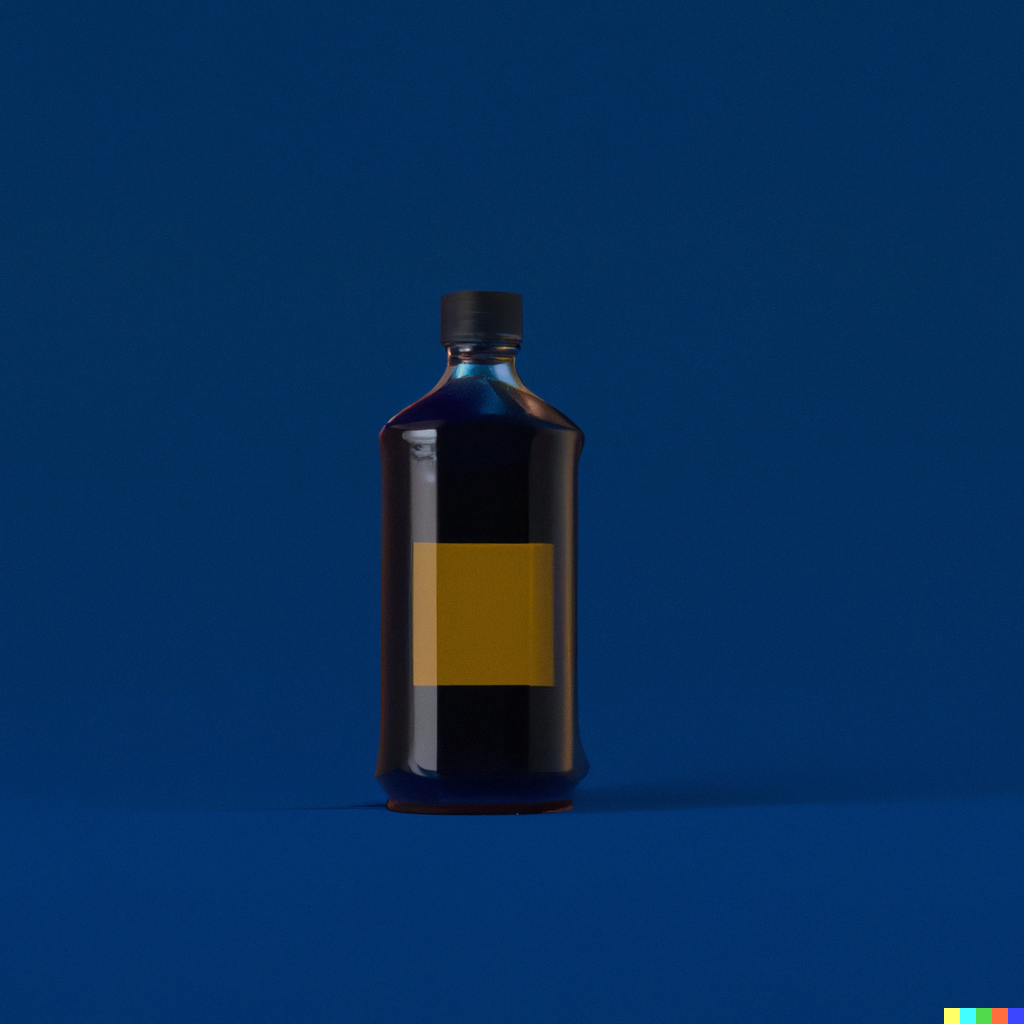
To start, artists prepare their painting medium by mixing the desired amount of linseed oil with their paint. The proportion of oil to paint can vary depending on the artist’s preference and the desired consistency they want. Some artists prefer a thicker paint, while others may opt for a more fluid mixture.
Mixing Colors
Artists typically squeeze out the desired amount of oil paint onto their palettes. They then add a few drops of linseed oil to the paint and use a palette knife or brush to mix them together.
I like to use turpentine and linseed oil. That’s it. I don’t do anything fancy, either. I just pour a puddle of linseed oil on my palette and splash some turpentine across it. Then I mix it up with my brush and the color I want to use.
If the linseed oil helps to thin the paint and make it more workable, allowing for smoother brushstrokes and easier color blending.
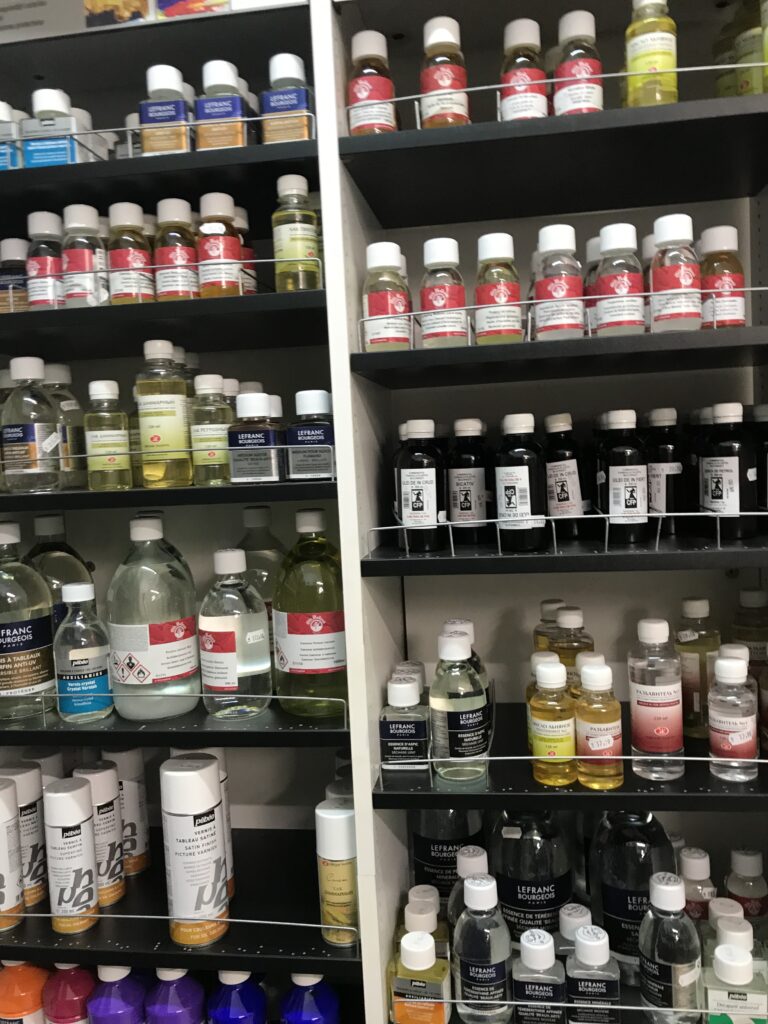
Glazing and Thinning
You can also use Linseed oil for glazing, which is a technique in which you apply thin layers of transparent paint over dry layers of paint. Artists mix their transparent colors with linseed oil to create a glaze, which they then brush onto the painting surface. The linseed oil in the glaze enhances transparency, allowing the underlying layers of the painting to show through, while also imparting a luminous quality to the colors.
Wet-on-Wet Technique
Linseed oil is particularly useful for the wet-on-wet technique, where new layers of paint are applied on top of still-wet paint. Artists may mix linseed oil with their fresh paint to maintain a wet surface and facilitate the blending of colors. Adding linseed oil slows down the paint’s drying time. This gives you more time to work on your composition and create smooth color transitions.
Drying Time
Linseed oil affects the drying time of oil paints. Artists may use different linseed oil types to control the drying rate. Regular linseed oil has a moderate drying time, while refined or stand oil dries more slowly. By adding linseed oil to their paints, artists can extend the working time of the paint and manipulate it for a longer duration.
Varnishing
After an oil painting has fully dried, artists often apply protective varnishes to enhance its appearance and protect it from dirt, dust, and UV damage. Artists typically make varnishes by mixing dammar resin or other varnish mediums with a solvent such as turpentine or mineral spirits. Artists sometimes add Linseed oil to the varnish mixture to improve its flow and provide additional protection to the painting.
It’s worth noting that linseed oil should be used sparingly, as excessive use can result in a longer drying time, a yellowing effect over time, and potential cracking of the paint layers. Additionally, artists may also choose to work with other types of drying oils like walnut oil or poppyseed oil, depending on their preferred techniques and desired effects.
Overall, linseed oil is a versatile medium for oil painters, providing them with greater control over the consistency, texture, and drying time of their paints while enhancing the visual qualities of their artworks.
How to get oil paint out of clothes
If you get oil paint on yourself, here’s a detailed step-by-step guide on removing oil paint from clothes. Basically, grab an oil based cleaner and don’t rub it in further.
